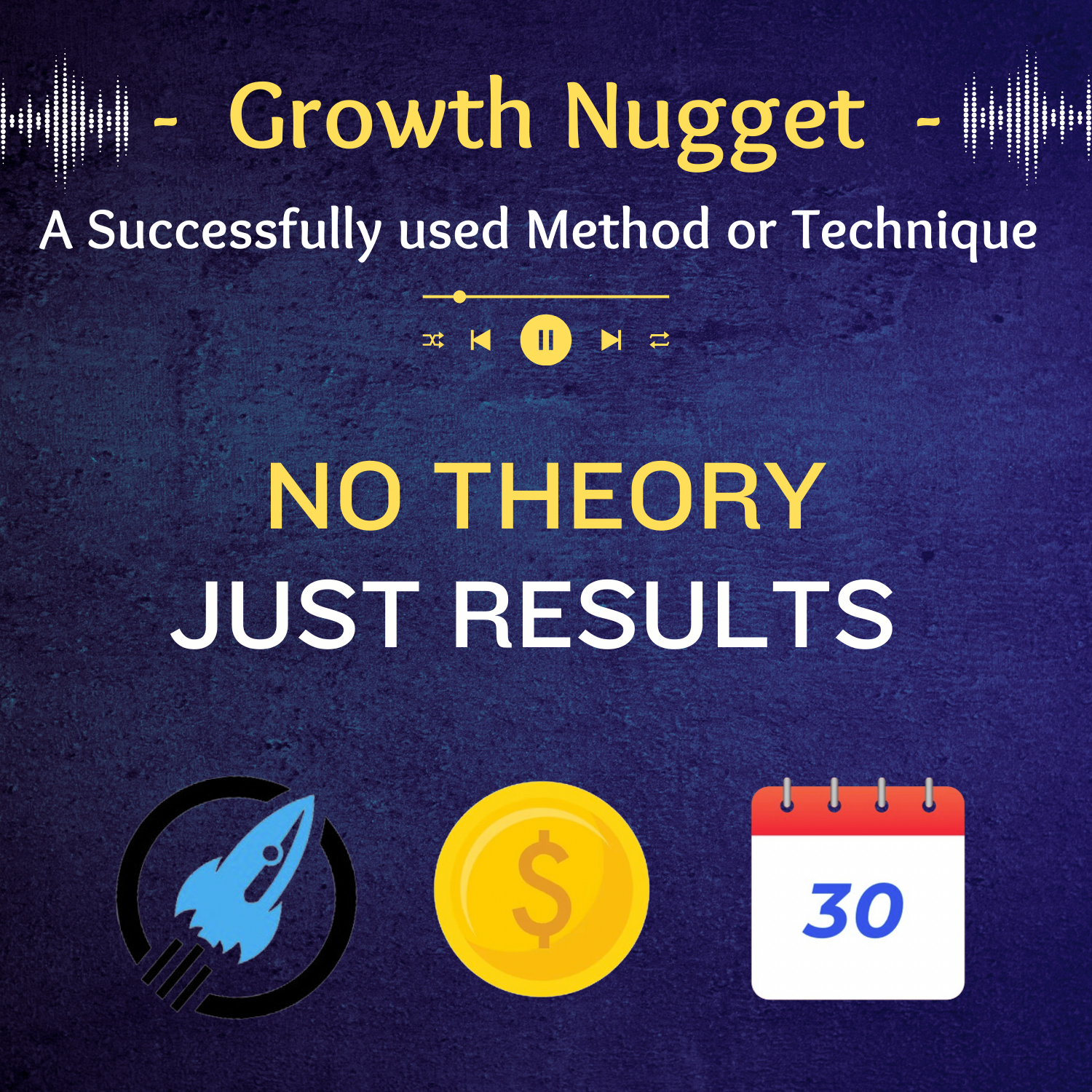The Pricing Secret – Forecasting 50
$15.00 Original price was: $15.00.$7.50Current price is: $7.50.
A great modality for companies looking to innovate or change.
Did you know that there is a way to sell more of your items by raising the price? Sound crazy? You might want to hear this nugget.
This nugget provides multiple case studies, as well as the step by step methods to test and implement this marketing principle.
This method has led many companies to not only change their pricing structure and beliefs, but to create complete new product lines.
You’ll hear that everyone from Walmart to the most expensive watch brands use these methods.
Another seldom taught or discussed nugget, but absolutely tried and true.
A “Must” for everyone in a competitive marketplace.
(0:00 – 2:34)
I call this one, uh, the danger of running your business with your own checkbook. And what I mean by that is everybody has a talking checkbook. Everybody, everybody, no matter how much money you make, no matter how many, how much revenues your business runs, when you open your checkbook, it either says yes or no.
So when you say, Hey, can we take the kids to Disney and you open your checkbook, sometimes it just flat out says, uh, no. So everybody has a talking checkbook, many businesses, especially small businesses and, uh, and kind of, uh, what I call, um, solopreneur businesses, uh, entry level, they, they price out their products and services as if they themselves are a client, which they’re not. And this is so, so dangerous, especially in the, the small business case where they’ve done, they have no budget.
They have no time to do true market testing. So, uh, more often than not, this type of pricing leads to dangerous roads. If you haven’t performed actual market testing, whatever you’ve priced your product or service at is simply a guess.
So there is a great, great Sam Walton story. I don’t remember if it’s seventies or eighties, but, uh, I know the story vividly and, uh, Sam was, was driving himself nuts trying to price, um, or sell, I should say he wanted to move a lawnmower. I think it was $119.
Um, I’ve heard numbers of 99, 139, but so let’s, let’s call it $119. And he tried, uh, end caps that said, you know, tremendous lawnmower around the corner. Uh, he put like flags in the eye.
I mean, he knew this was a good lawnmower and he knew people would be satisfied. But the reality is, um, he was, he was pulling his hair out. So finally he had an idea and that was why, why don’t, he said something like, why don’t I sandwich this lawnmower with a, uh, like an entry level lawnmower, one without even an engine.
You know, one of those, like you see at the golf courses where they just, you push it and it just spins blades, you know, there’s no motor. And so he did, he put one to the left of it. I want to say, I don’t have my notes for me in front of that, but I think it was like $39 or it was very inexpensive, maybe even $29.
(2:35 – 3:42)
And then to the right, um, he, he, he put in, uh, like the Graham Puba. I mean, he put, I think it was a $509 lawnmower. And back in the day, that’d be like $2,000 today.
Um, so all he wanted to do was sandwich the one he wanted to sell because he knew Walmart shoppers, they don’t have big budgets for this big $500 lawnmower. So he knew he was wasting shelf space, but if it would get people to notice and purchase the $119 lawnmower, then more power to him. Well, to Sam’s surprise, and I think this turned into a, uh, Harvard business review case study to Sam Walton surprise, 17% of the lawnmowers sold were the big $500 lawnmower.
He was shocked, but it did do what he was asking. And that was he wanted to sell the medium lawnmower and it started moving like hotcakes. So before I get into the psychology of why this works and how to take advantage of this with your product and service, I want to digress a little bit.
(3:43 – 4:03)
There’s another tremendous pricing story that I like to tell. And that is Dan Kennedy wrote in his book, uh, no BS marketing to the affluent that the number one reason the affluent make a buying decision has nothing to do with the price. Excuse me.


